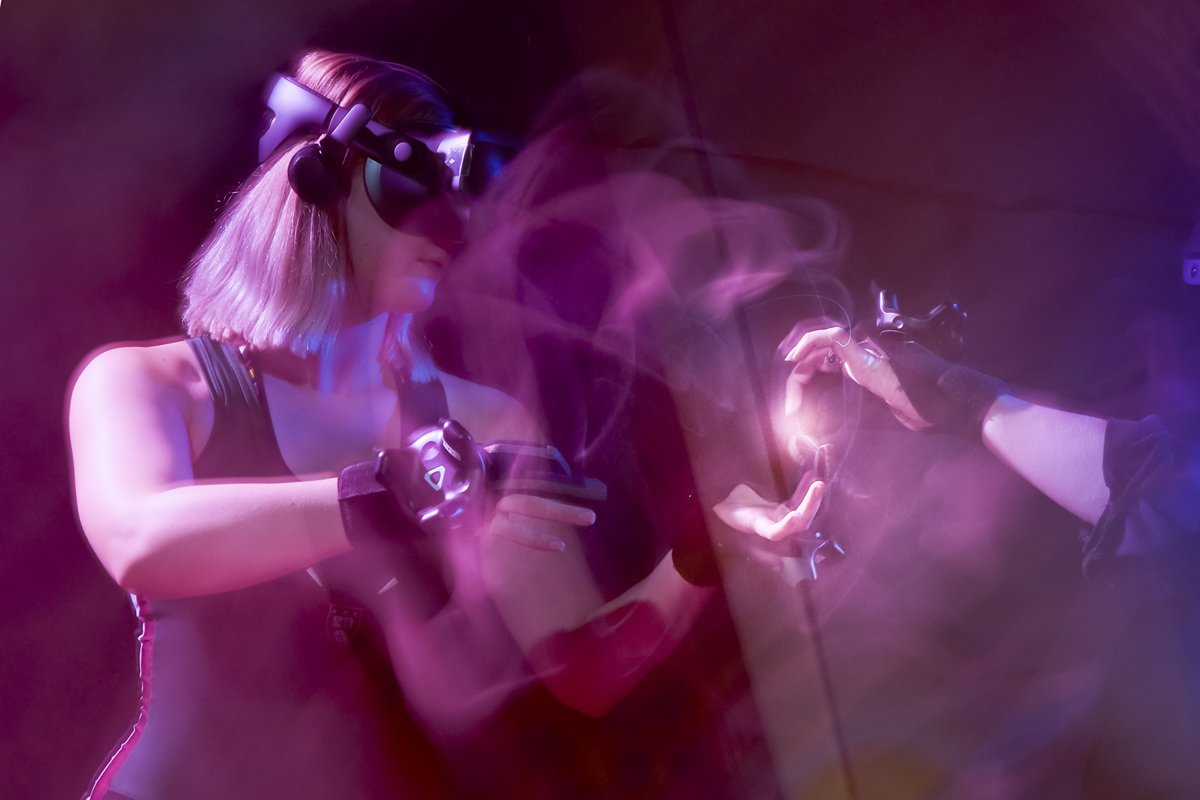
Rhoslyn Roebuck Williams, MSc, MChem
I am a pre-doctoral candidate examining the limits of our perception of touch in virtual reality (VR). I specialise in performing user studies determining the quantitative limit at which we can 'feel' properties of molecules, and differences between them, in VR.
After graduating with an undergraduate Master’s degree (MChem, BSc) in Chemistry from the University of Leeds (2018), I moved into theoretical and computational chemistry. I obtained my postgraduate Master’s degree at the University of Oxford (2019), during which I performed a research placement in the IRL at the University of Bristol. Following this, I joined the group as a PhD student and consolidated my journey into virtual reality & pseudo-haptic research.
Projects
Isness-distributed
Using our iMD-VR software framework, we designed a 50-minute meditation experience for between 4 to 6 participants at a time. Each person joined from one of the nodes situated all over the world to join in the group meditation session, which was led by a facilitator (an experienced person from our network). In this citizen-science study, we used 4 self-report scales, which are used typically in studies concerning psychedelic phenomenology. These scales were the inclusion of community in self scale, ego-dissolution inventory, communitas scale, and the MEQ30 mystical experience questionnaire.
Subtle sensing
This work was published in the Extended Abstracts of the 2020 CHI Conference on Human Factors in Computing Systems. The conference paper outlines a user study examining the ability for participants to perceive differences in simulated molecules in virtual reality. Participants were divided into interactive users, who could play and interact with the virtual molecules, and observers, who watched the interactive users from within VR. The results showed that not only did the interactive users state that they perceived differences in molecules more often, they also correctly ranked the physical properties of the molecules more often than the observing participants.



